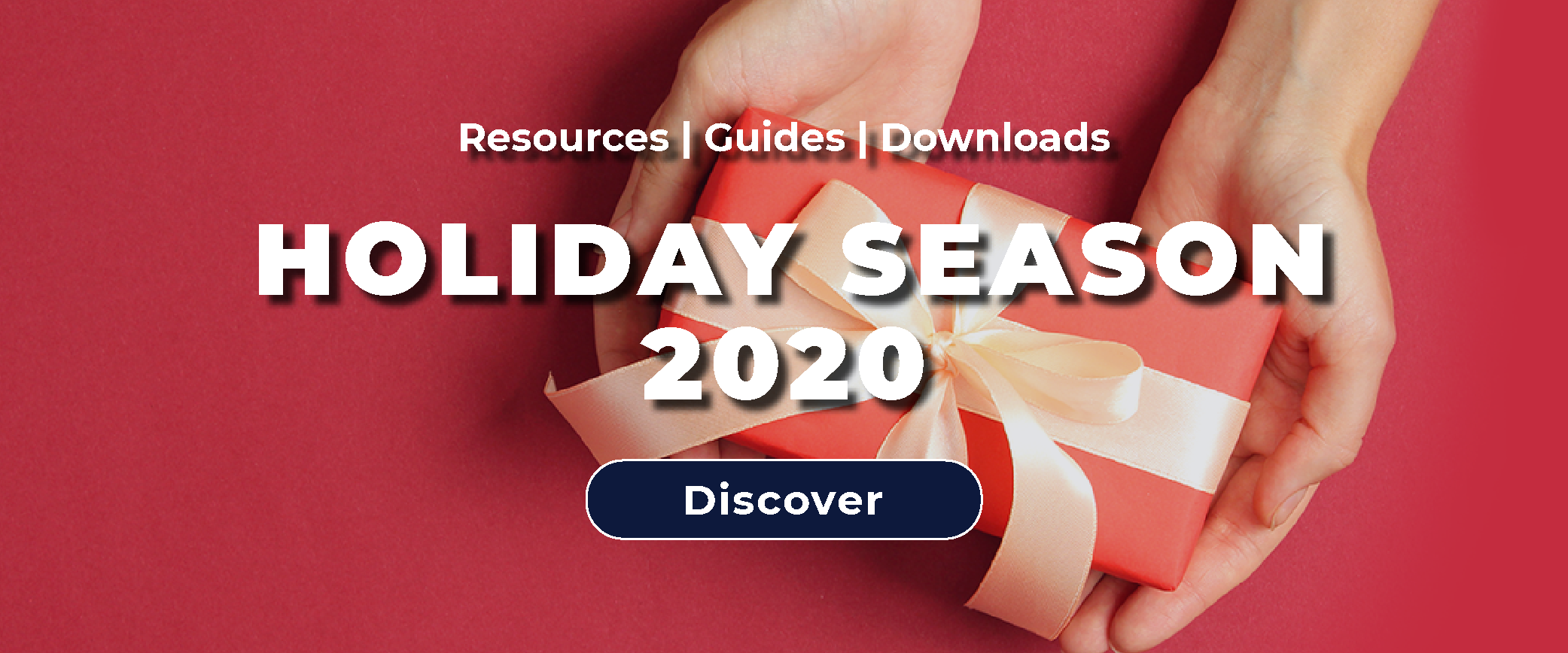Video ads can be utilized as an effective tool to communicate your purchase journey and convert new customers.
The physical distancing measures that have been enacted globally during the last few months have caused an unprecedented uptake in online purchasing as a replacement for traditional consumption. As a result, e-commerce sales have spiked during the first half of 2020, with industries that involve either delivery or buy online pick up in-store (BOPIS) services have experienced a huge surge in demand due to the well-suited functionality that they offer consumers during this time. BOPIS sales grew by 195% in May, whilst the need for food delivery has seen the grocery industry experience four years of e-commerce growth in 2020 alone.
A massive knock-on effect of this changing landscape has been the influx of consumers who are completely new to online shopping and have only adopted such behavior recently, out of pure necessity. Disruptor companies are seeing spikes in usage rates, along with traditional retailers transitioning their business models to suit the new landscape. The challenge has now arisen for advertisers within these markets to both consolidate these gains, whilst also continuing to drive the acquisition of new users.
In order to keep the momentum going, a key consideration for e-commerce advertisers should be how they can effectively educate recent digital converts and also convince new users to embrace e-commerce.
Utilize video ads to demonstrate product/service functionality
An effective way of both educating and converting inexperienced consumers is by incorporating aspects of the purchase flow or user experience into your digital video ad strategy. By effectively implementing such a strategy, e-commerce advertisers are able to speak to audiences at both ends of the funnel.
Firstly, the strategy enables advertisers to communicate with audiences at the consideration stage by educating them on a very high level as to how exactly their offering functions in terms of user flow. Brands such as Shipt (below) have adopted this strategy in order to efficiently communicate the essence of their service through a step-by-step visually informative video ad.
The above example plays with in-app user flow in order to show how the ordering process functions. This works especially well when placed in mobile-oriented digital channels, such as Facebook and Instagram, as the audience is likely to be viewing the ad on their phone, allowing for a seamless connection between viewing the ad and taking action, i.e. downloading the Shipt app. Playing around with the phone’s screen in this way is a great way to engage users and make the ad viewing experience feel extremely natural, acting as a hybrid between an ad and an app demo.
The Thumbtack ad above takes this approach further, blurring the line between an ad and an in-app user experience. The ad creatively positions the viewer as the user, immersing them through visual overlays that play out certain app functions.
Both the Thumbtack and Shipt examples work extremely well for top-of-funnel educational purposes, utilizing in-app footage as the primary method to communicate the functionality of their services.
Communicating the purchase journey can also be done in less of a direct manner. The below ad for HelloFresh works lower in the funnel, with a focus more upon real-life visual elements showing the experience of receiving the product rather than ordering process.
The opportunity is now to acquire new users
For many, the decision to move away from traditional buying behaviors won’t happen overnight, a gradual transition period will occur before adoption. Behaviors such as going to the supermarket for groceries has been ingrained as a societal ritual for the better part of a century, meaning that a good deal of investment is needed in order to persuade consumers to shift their patterns toward e-commerce alternatives. It is, however, evident that e-commerce models are the future of consumer behavior due to the efficiency and convenience that they offer both consumers and producers.
The events of 2020 have brought this future into the present, with the challenge now arising for e-commerce companies to gain a strong foothold within their respective marketplaces by effectively communicating the process as well the benefit that their offering holds for potential new users.
Discover more holiday season resources on our dedicated webpage: www.shuttlerock.com/holiday-season












.png?width=159&height=159&name=Group%201000001080%20(1).png)

